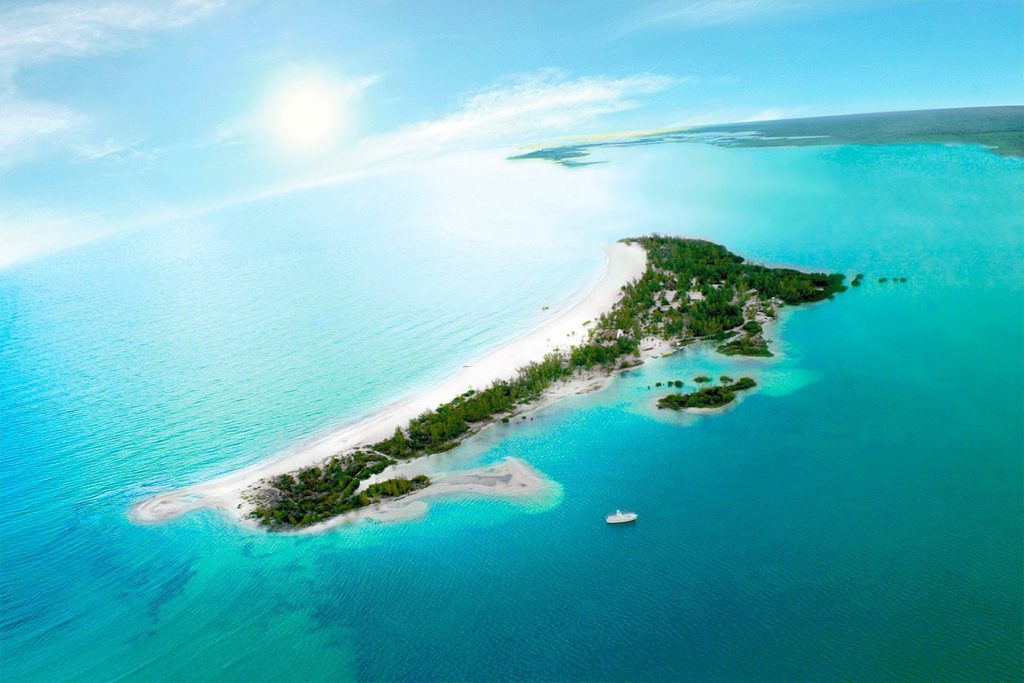While Cancún, Tulum and Playa Del Carmen are all popular resort destinations for good reason, there are still some pockets of the Mexican Riviera that are unspoiled oases.
Below, let’s explore three little-known islands off the coast of the Mexican Caribbean that are true gems to be discovered and appreciated.
Isla Contoy

A visit to the charming Isla Contoy is a worthwhile day trip when in the Mexican Caribbean. Located north of Isla Mujeres, the small island is just 8.5 km (~5.3 miles) in length with an area of 3.17 square kilometers (~1.2 square miles) on the Mesoamerican Barrier Reef, the second-longest coral reef system in the world.
Despite its quaint size, Isla Contoy is home to 98 species of plants, 173 tropical bird species, 14 species of reptiles, about 250 species of fish, crustaceans, and endangered sea turtles. The entire island has been a protected national park since 1998, where only these animals and a select group of scientists are full-time inhabitants.
In order to further preserve the natural environment of this incredible island, only 200 visitors per day are allowed to visit via boat tours, meaning that there is no way to access the island on your own.
Come to Isla Contoy for the serene and tranquil vibes, stay for the turquoise Caribbean waters, white sand beaches, and world-class diving and snorkeling.
Isla de la Pasión

A quick ferry ride from Cozumel lands you at a little slice of paradise called Isla de la Pasión. This small stretch of land is situated in the heart of the Cozumel Natural Protected Area and features three different ecosystems, including mangroves, coral reefs and jungle.
A TripAdvisor 2022 Travelers’ Choice destination, Isla de la Pasión is a fantastic getaway for water sports enthusiasts who can enjoy kayaking, Jeep rides and speed boating around the island, or if you simply want to be on island time lounging on a hammock or having a relaxing beach day.
Banco Chinchorro

Located at the southeastern tip of Quintana Roo, Banco Chinchorro is a UNESCO-designated Biosphere Reserve that encompasses open water, seagrass beds, mangroves, sand beaches and coral reefs. Only accessible by boat, the atoll’s isolated location allows for a well-preserved natural ecosystem that includes rich marine life and even crocodiles. A small fishing village of about 90 inhabitants who live in stilt houses are the only inhabitants, while a bunch of shipwrecks, including two Spanish Galleons, can also be found along the reef.

